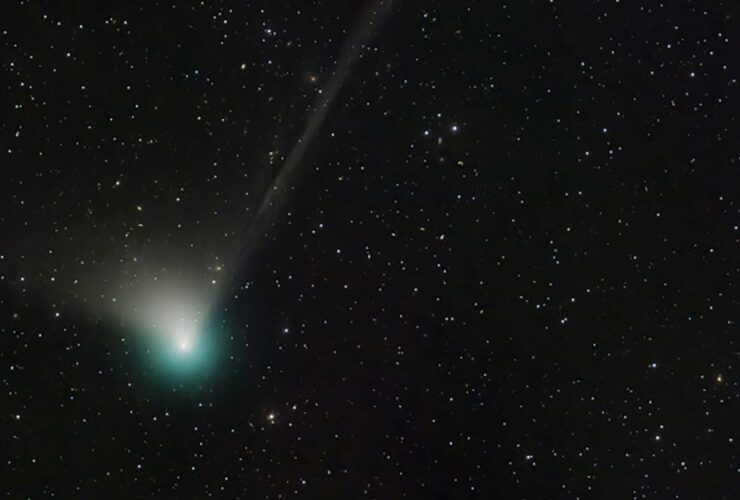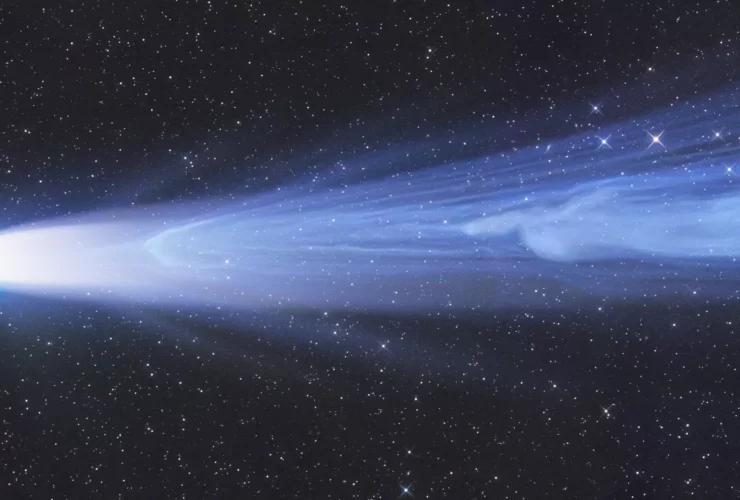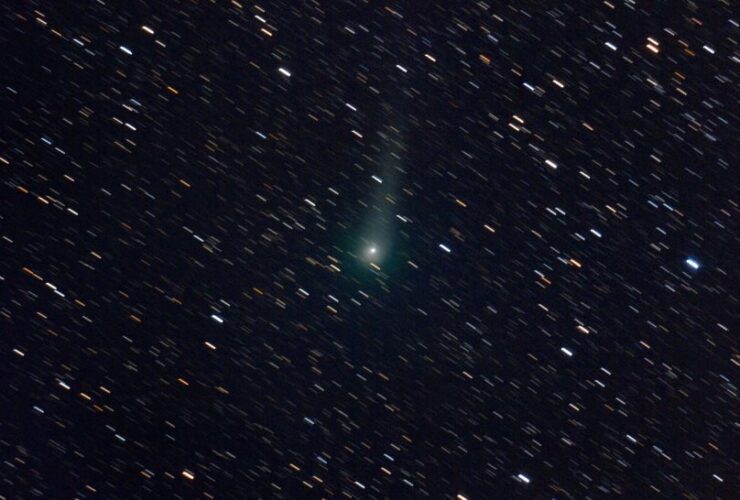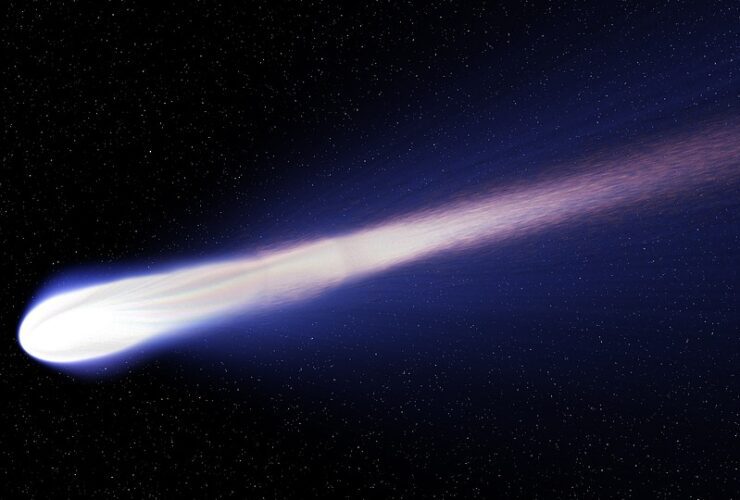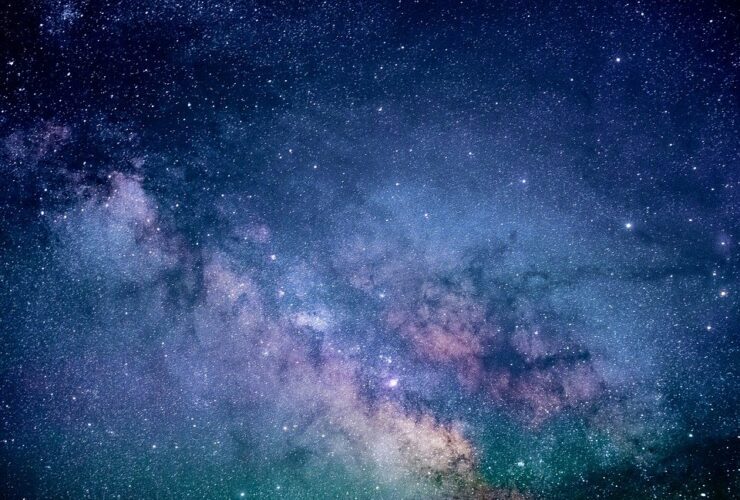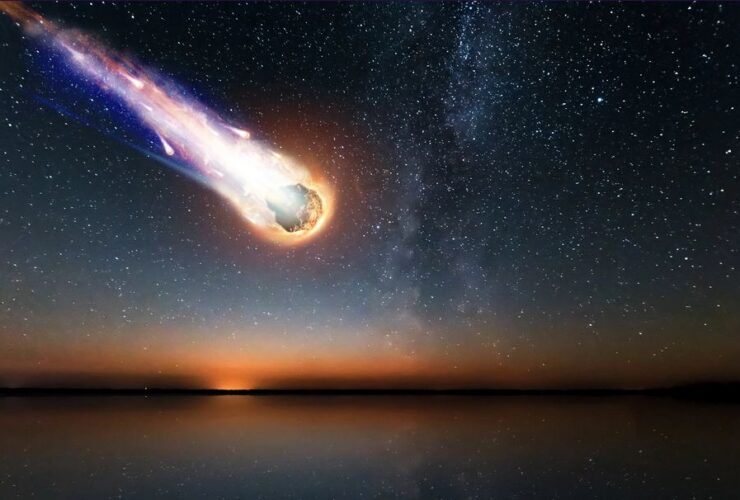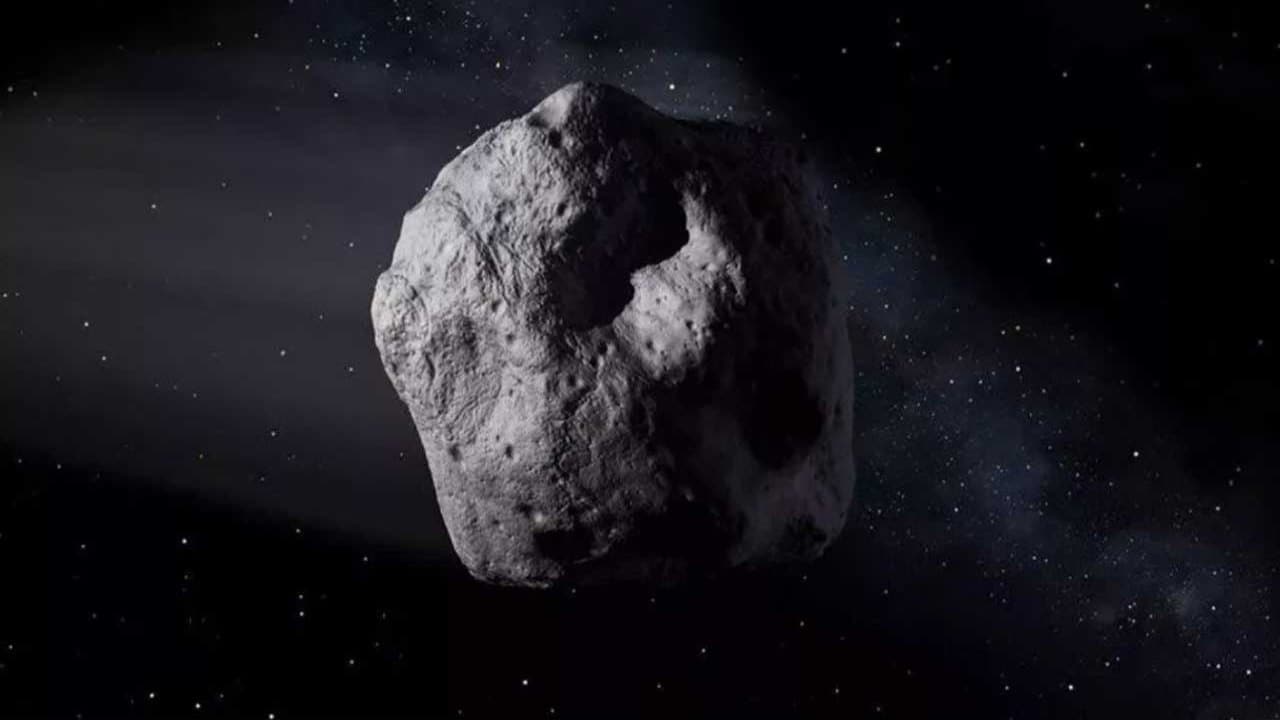The night sky will host a green comet for the first time in 50,000 years, being by far the most incredible space event that has happened lately. The comet is recently discovered via the impressive Zwicky Transient Facility’s wide-field survey ...
Comet C/2021 A1 (aka Leonard) was discovered last year in January when it was zooming at 5 AU from the Sun. Having an orbital period of over 80,000 years, Leonard also has a nucleus that measures about 1km across. In ...
An astrophysicist took this shot with a long exposure on June 18, 2018, just before the megacomet made its closest visit to Earth. The image shows the comet glowing in the darkness. Comet C/2017 K2 (PANSTARRS), also known as K2, ...
The core of Bernardinelli-Bernstein, the frozen core at the heart of all comets, has been shown to be upwards of 80 miles broad in a recent study. This is the biggest comet ever seen, with a diameter 50 times greater ...
The Bernardinelli-Bernstein comet was first discovered in 2021 and is the largest comet ever seen. The new record, which was announced on the preprint website arXiv and has now been approved to be published in the journal Astronomy and Astrophysics ...
The sky full of wonders is going to be very generous to viewers this month. Grab a telescope or wake up at dawn and have a moment of beauty looking at the sky. Orion’s Other Nebulae! Outside of the iconic ...
New research shows how a bunch of comet fragments might be more significant than previously believed. As per recent findings, the fragments that hit our planet approximately 13,000 years ago could have shaped human civilization’s origins. As intriguing as that ...
It’s a pretty common misconception that the Chicxulub impactor that led to the extinction of the dinosaurs represents a kind of event that we can see only once in the Earth’s lifetime. But our planet has been here for about ...

